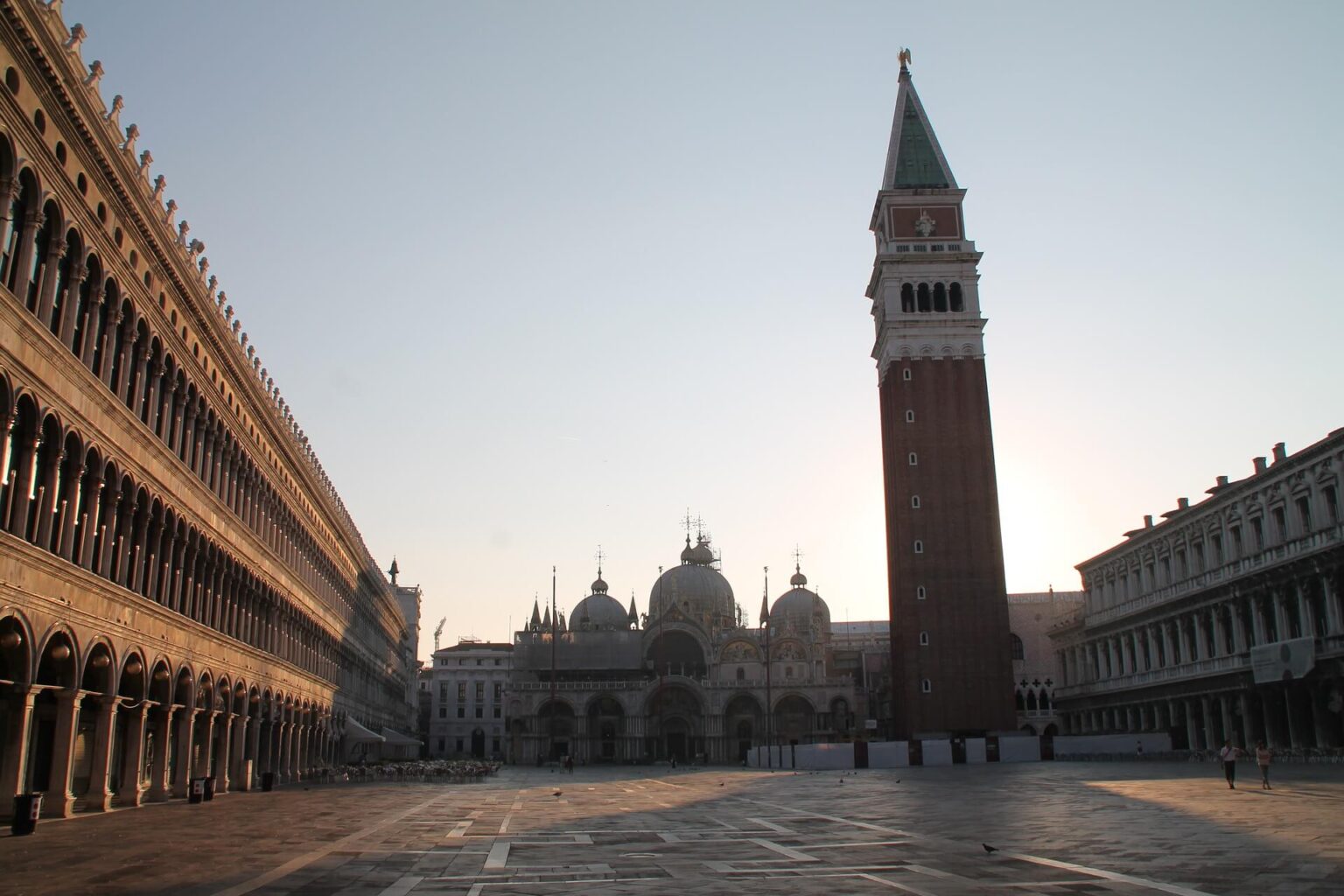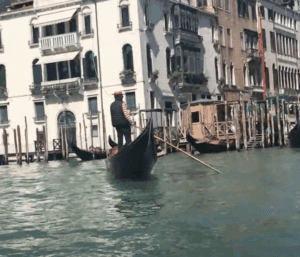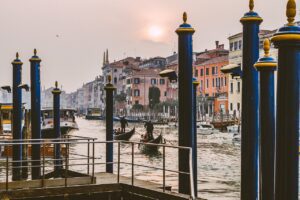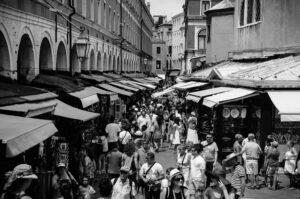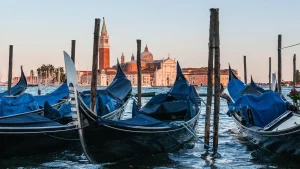🚶♀️ Can I Walk Everywhere in Venice? Absolutely — And You Should.
The short answer? Yes, absolutely.
The long answer? Yes — and that’s exactly how Venice was meant to be experienced.
Venice is one of the most walkable cities on Earth. With no cars, no bikes, and no traffic noise, the city invites you to slow down, breathe in the sea air, and lose yourself (sometimes literally!) in its labyrinth of canals and bridges.
But to really enjoy exploring Venice on foot, it helps to understand its geography — and learn a few local secrets for navigating like a pro.
🗺️ The Geography of Venice: A City Made for Walking
Venice is built on 118 small islands connected by over 400 bridges and separated by more than 150 canals. The historic center, or Centro Storico, is divided into six neighborhoods called sestieri — each with its own charm:
- San Marco – the heart of Venice, home to St. Mark’s Basilica and Doge’s Palace
- Cannaregio – a lively, local area (and a favorite for repeat visitors)
- Dorsoduro – museums, art galleries, and a relaxed, creative vibe
- Santa Croce – quiet, residential, and close to Piazzale Roma
- San Polo – bustling markets, charming alleys, and the famous Rialto Bridge
- Castello – the largest district, full of hidden gardens and local life
All of them are walkable and well connected. You can cross the entire city — from Piazzale Roma to the tip of Castello — in about 30–40 minutes… assuming you don’t stop for gelato, photos, or a cicchetti & wine break along the way. 😉
💫 The Joy (and Fun Challenge) of Getting Lost
One of Venice’s great paradoxes: you will get lost — and that’s the point.
GPS gets confused, alleys twist in every direction, and canals turn into dead ends. But don’t panic: Venice is safe, compact, and full of surprises. Often, getting lost leads you straight to magic — a quiet canal, a hidden church, or a cozy bacaro where locals sip spritz and Bellinis.
To find your bearings, look for yellow signs on building corners pointing toward major landmarks:
- ➡️ Per San Marco (to St. Mark’s Square)
- ➡️ Per Rialto (to the Rialto Bridge)
- ➡️ Per Ferrovia (to the train station)
- ➡️ Per Piazzale Roma (to the bus/water taxi terminal)
Follow them, and you’ll never be truly lost — just temporarily exploring. 😉
👟 Local Tips for Exploring Venice on Foot
1️⃣ Wear Comfortable Shoes
Venice’s streets are made of stone and often uneven. Add in hundreds of bridges with steps, and you’ll want supportive shoes — not flip-flops or heels. Your feet will thank you.
2️⃣ Start Early or Stay Late
Walk at sunrise or after sunset for Venice at its quietest and most magical. The early light on the canals — or the golden glow after the crowds leave — is pure poetry. Looking for the best time for photos? Check out our Romantic Venice Photoshoot.
3️⃣ Use Landmarks, Not Addresses
Venetian addresses are numbered by district, not street, so “Calle 1234” could be anywhere. Locals navigate by landmarks: “just off Campo San Barnaba” or “near the Accademia Bridge.” Try it — it’s part of the adventure.
4️⃣ Cross the Grand Canal Strategically
Only four bridges cross the Grand Canal:
- Ponte della Costituzione (near Piazzale Roma)
- Ponte degli Scalzi (by the train station)
- Ponte di Rialto (the famous one!)
- Ponte dell’Accademia (the best sunset view)
Not near one? Hop on a traghetto — a small gondola ferry that shuttles pedestrians across for just a few euros. It’s a fun, local experience.
5️⃣ Bring Water and Snacks
Venice has public fountains with drinkable water (look for “acqua potabile”). Pack a reusable bottle and a snack for when you wander far into Castello or Dorsoduro and need a quick energy boost.
⚠️ When to Walk — and When Not To
- High Water (Acqua Alta): Usually in autumn or winter, parts of the city (especially around St. Mark’s) can flood. Elevated walkways are installed, but wear waterproof shoes or check tide alerts before heading out.
- Heavy Luggage: Venice is not suitcase-friendly. If you’re arriving with large bags, book a private transfer or luggage porter service instead of walking across bridges.
- Late at Night: Venice is very safe, but some residential areas (like parts of Castello or Giudecca) are quiet after dark. If you’re unsure, take a private boat or water taxi back.
🏛️ The City Is Your Open-Air Museum
Venice isn’t a city you rush through — it’s one you walk, feel, and fall in love with. Every bridge tells a story. Every alleyway hides a surprise. The real magic of Venice happens between the landmarks — when you hear church bells echoing off the water, find a craftsman at work, or stumble upon a tiny square filled with locals chatting in dialect.
So yes — you can walk everywhere in Venice. And you absolutely should. Let the city unfold beneath your feet, one bridge at a time.
👣 Explore Venice Off the Beaten Path
Because the best way to know Venice… is to walk it. 💙

